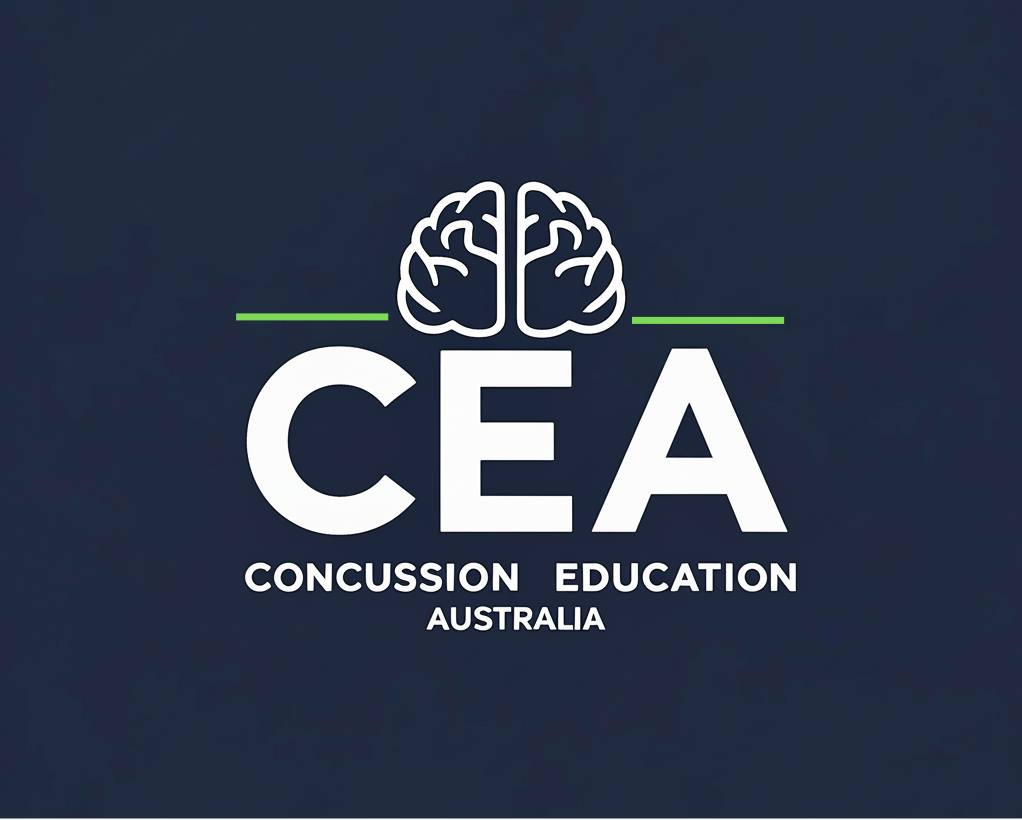Beyond SCAT6: How Vestibular/Ocular Screening Improves Concussion Care
Date: 18 October 2025
Clinicians relying on SCAT6 alone often miss the vestibular and ocular deficits that prolong recovery. Studies show that 50–80 % of concussed patients report dizziness and about 30 % experience vision problems within a week physio-pedia.compmc.ncbi.nlm.nih.gov. These symptoms are strong predictors of a longer recovery pmc.ncbi.nlm.nih.gov and reflect underlying vestibular or oculomotor dysfunction.
Why add the VOMS?
The Vestibular Ocular Motor Screening (VOMS) is a quick 5–10 minute test covering smooth pursuit, saccades, convergence, the vestibular ocular reflex (VOR) and visual motion sensitivity physio-pedia.com.
It’s not just a checklist – the numbers tell a story:
High internal consistency. In one study the VOMS total symptom score and near‑point convergence (NPC) distance had a Cronbach α of .92, indicating excellent reliability pmc.ncbi.nlm.nih.gov.
VOR is highly provocative. The VOR component provoked symptoms in 61 % of concussed patients but only 9 % of controls pmc.ncbi.nlm.nih.gov.
Cut‑offs matter. Reporting ≥2 total symptoms after any VOMS item or an NPC distance ≥5 cm identified concussions with 96 % and 84 % accuracy, respectively pmc.ncbi.nlm.nih.gov. A combination of VOR, visual motion sensitivity and NPC scores yielded an AUC of 0.89, demonstrating strong diagnostic accuracy pmc.ncbi.nlm.nih.gov.
Nystagmus and eye deviation. During smooth pursuit testing clinicians look for eye tracking deficits and nystagmus — involuntary eye movements that can indicate vestibular pathology consultqd.clevelandclinic.org.
A positive VOMS result consistently predicts prolonged recovery pmc.ncbi.nlm.nih.gov. If patients show symptom provocation or an NPC beyond 5 cm, refer them for vestibular or vision rehabilitation physio-pedia.com.
Do you feel confident spotting nystagmus or interpreting VOR and NPC scores? If not, there’s a knowledge gap worth closing.
Three quick wins
Baseline before the season. Record each athlete’s VOMS scores so you can compare after a head injury.
Include VOMS in your initial concussion assessment. It complements SCAT6 and the Balance Error Scoring System (BESS), a balance test with moderate reliability for detecting deficitsphysio-pedia.com.
Reassess before returning to play. Patients should perform the VOMS without symptom provocation across all domains before full clearance.
Take the next step
Our Concussion Management for Clinicians course teaches you how to administer and interpret the VOMS, identify nystagmus and other subtle signs, and integrate these findings into return‑to‑play decisions. If any of the stats above surprised you, you’re probably leaving information on the table.
References
Barnhart, M., McLeod, T. V., & Bay, R. C. (2024). The ability of vestibular and oculomotor screenings to predict recovery in patients after concussion: A systematic review of the literature. Journal of Athletic Training, 59(1), 49–65. https://doi.org/10.4085/1062-6050-0429.22
Greenan, S., & contributors. (n.d.). Balance error scoring system. Physiopedia. Retrieved October 18, 2025, from https://www.physio-pedia.com/Balance_Error_Scoring_System
Robertson, M., Ajeyalemi, S., Jackson, K., Lowe, R., Eldib, S., Schiurring, S., Roscher, M., Adedigba, S., Shah, N. S., & Bell, J. (n.d.). Vestibular ocular motor screening (VOMS) assessment. Physiopedia. Retrieved October 18, 2025, from https://www.physio-pedia.com/Vestibular_Oculomotor_Motor_Screening_(VOMS)_Assessment
Mucha, A., Collins, M. W., Elbin, R., Furman, J. M., Troutman-Enseki, C., DeWolf, R., Marchetti, G., & Kontos, A. P. (2014). A brief vestibular/ocular motor screening assessment to evaluate concussions: Preliminary findings. American Journal of Sports Medicine, 42(10), 2479–2486. https://doi.org/10.1177/0363546514543775
Schaefer, M. (2025). Transforming concussion management with a modern approach. Cleveland Clinic Consult QD. Retrieved October 18, 2025, from https://consultqd.clevelandclinic.org/transforming-concussion-management-with-a-modern-approach
